Statkraft has been publishing its annual “Low Emissions Scenario” for six consecutive years, and the report now holds a certain cachet among energy market analysts and forecasters looking at the lead up to 2050, and not only because it is generally optimistic.
One of the biggest predictions made in the 2021 report, published this week, is that the falling costs of renewable energy technologies, combined with stronger climate policies, “will result in carbon emissions in line with a 2°C pathway. Stopping global warming at 1.5°C, however, will require a substantial increase in both political ambition and pace of global action.”
And yet, that “2°C pathway” still requires more than twice as much solar and wind installation every year up to 2050. The report was launched at an event at Statkraft's central London office attended by leaders in climate policy, including economist and author of the Green New Deal, Ann Pettifor, and former RenewableUK CEO Hugh McNeal.
“There's so much more we need to do,” said Pettifor, “and given the latest and disappointing government net zero strategy announcement, it is clear the political will required to make the transformation here (UK) and in the US still does not exist. The delusion persists that the private sector can undertake this transformation. The private sector is largely risk averse…This is about changing the very dominant economic debate, which is that society must rely on private capital markets to allocate resources for transforming energy”.

Image: Statkraft
“The world has been called to arms,” said Statkraft CEO Christian Rynning-Tønnesen, “to work in unison to slow the warming of our planet. It's the mission of a lifetime, one that will define our generation. With the world slowly re-opening, so too are emissions returning to pre-pandemic levels, reinforcing our belief that the only way towards a 1.5-degree path is through the energy transition.”
Green investment and solar uptake
Despite the economic hit from the Covid-19 pandemic, Statkraft saw green investment increase by 7% in 2020, a result of the fact that renewable energies are already cheaper than fossil fuels when it comes to new capacity in most markets. “In general, for one euro invested in solar PV and wind today you get around four times the output compared to what you did ten years ago.”
For that reason, Statkraft predicts that between now and 2050, solar capacity will grow by a factor of 21, and wind by a factor of seven. By 2050, solar will meet approximately two-thirds of global energy demand. And the world will need it, considering power demand is set to more than double in the same period.
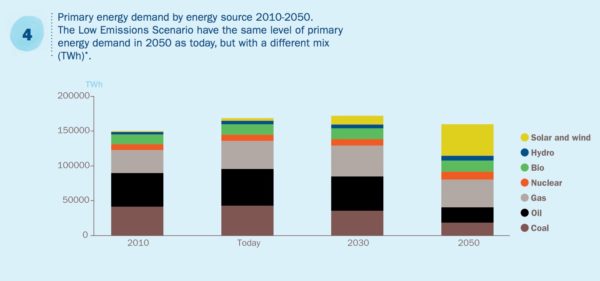
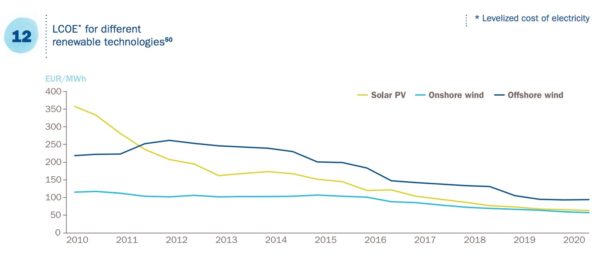
The report predicts that solar power capacity will increase by 10% annually, on average, every year up to 2050, to almost 13,000 GW. And Statkraft retains its 2020 report prediction that “solar production will surpass wind power, hydropower, coal power and gas power, and will be the largest source of power from around 2035.”
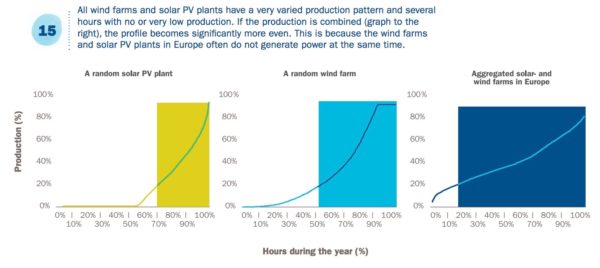
Urgency and electrification
Of course, to achieve these kinds of capacity numbers, an enormous electrification of global energy systems needs to take place, with Statkraft predicting “the share of electricity in final global energy demand will more than double to reach 47% in 2050.”
“Development is happening fast,” continued Rynning-Tønnesen, “but it needs to go even faster…During the coronavirus pandemic in 2020, a time when our lives were upended and we lived in lockdown, we experienced a 6% drop in CO2 emissions. That's the very amount that we must reduce year-on-year towards 2050, if we are to reach the Paris Agreement's target of 1.5 degrees.”
Employment
Since 2012, green energy jobs have increased by nearly 60%, and in the solar energy sector the numbers have actually tripled. By 2050, Statkraft predicts those numbers will quadruple, a prediction in line with the International Renewable Energy Agency's (IRENA) figure of about a 30 million green job increase by 2050, with around 60% of those jobs seen in Asia.
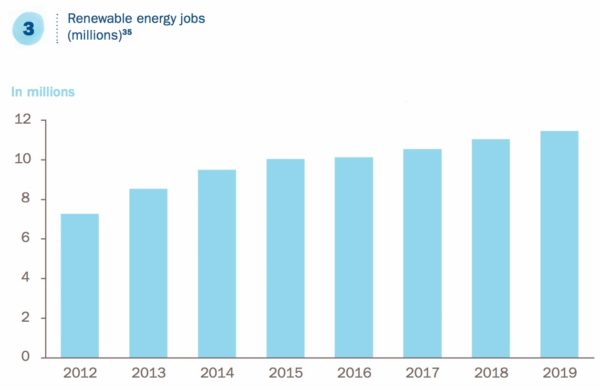
Green hydrogen
Statkraft's report forecasts that green hydrogen will provide 9.6% of global power in 2050, and more than 20% in Europe. However, before this can happen the cost of green hydrogen needs to come down. The major cost component of hydrogen is, of course, electrolyzers, but Statkraft forecasts a 60% fall in the price of electrolyzers by 2050, a steady decline considering electrolyzers have fallen by 60% over just the last five years.
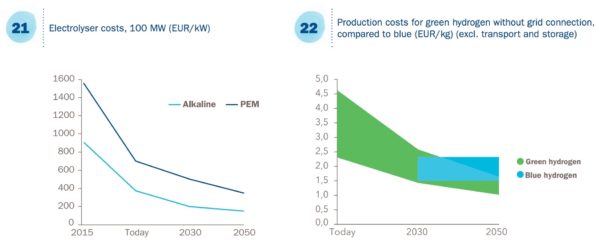
By 2050, Statkraft predicts Europe's demand for green hydrogen will increase anywhere from 20-25%, corresponding to approximately 1,000 TWh. But the report points out that cooperation between nations, both inside and outside the EU, is integral to making green hydrogen production more affordable.
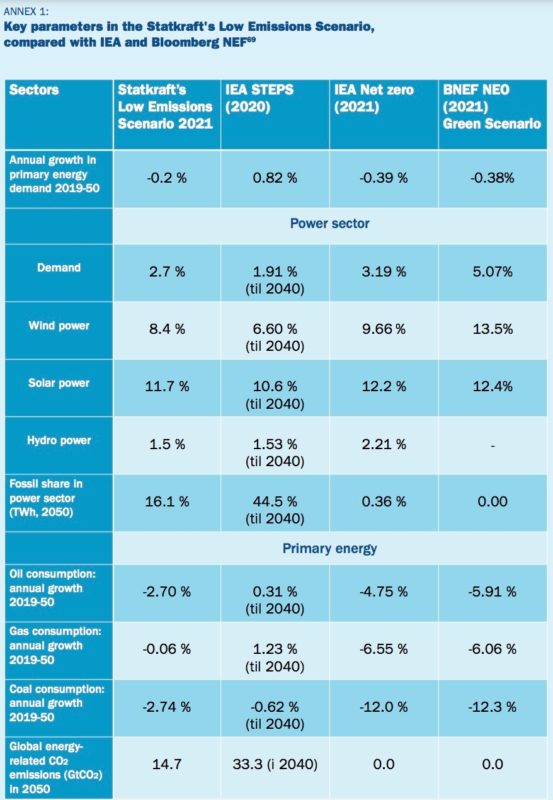
Image: Statkraft
This content is protected by copyright and may not be reused. If you want to cooperate with us and would like to reuse some of our content, please contact: editors@pv-magazine.com.
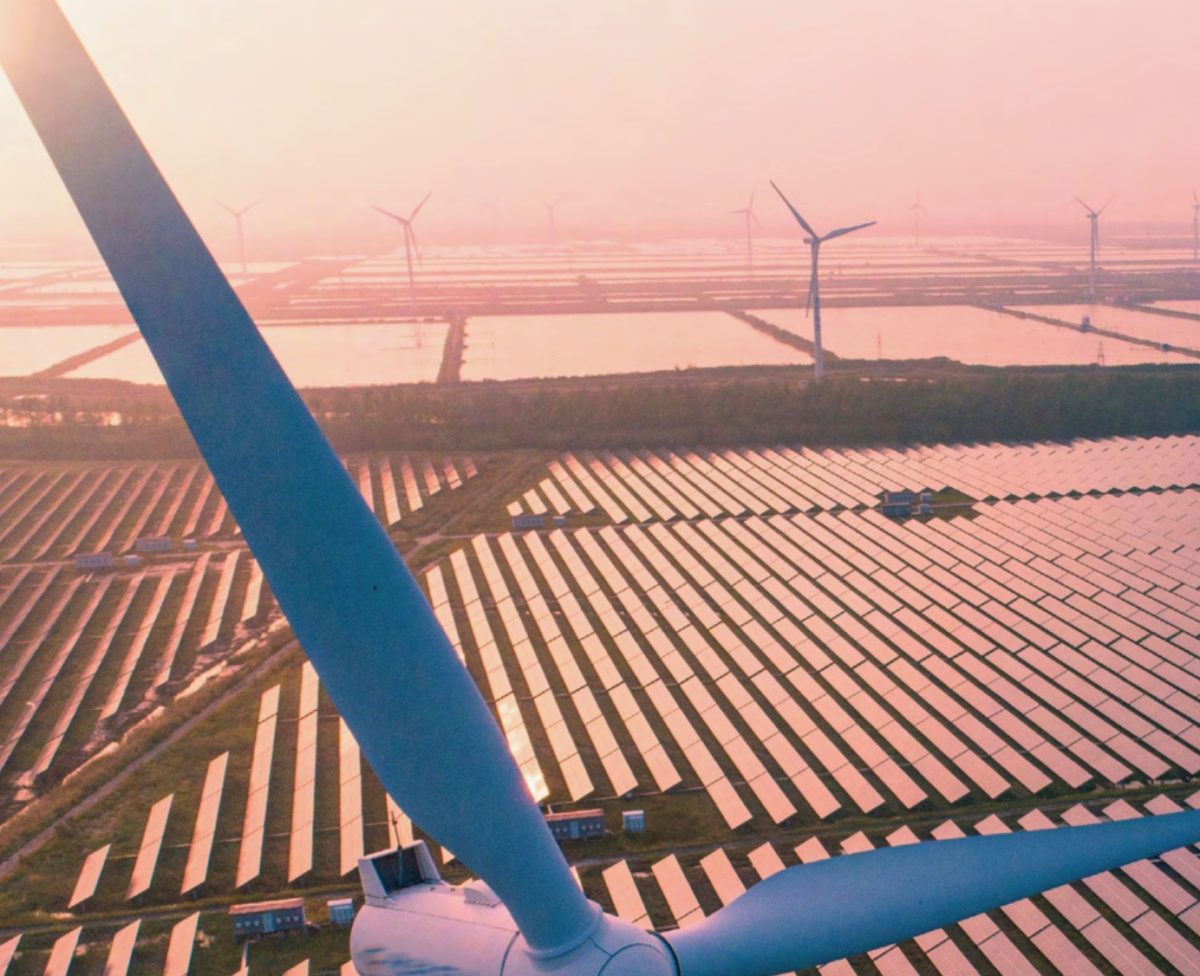



By submitting this form you agree to pv magazine using your data for the purposes of publishing your comment.
Your personal data will only be disclosed or otherwise transmitted to third parties for the purposes of spam filtering or if this is necessary for technical maintenance of the website. Any other transfer to third parties will not take place unless this is justified on the basis of applicable data protection regulations or if pv magazine is legally obliged to do so.
You may revoke this consent at any time with effect for the future, in which case your personal data will be deleted immediately. Otherwise, your data will be deleted if pv magazine has processed your request or the purpose of data storage is fulfilled.
Further information on data privacy can be found in our Data Protection Policy.